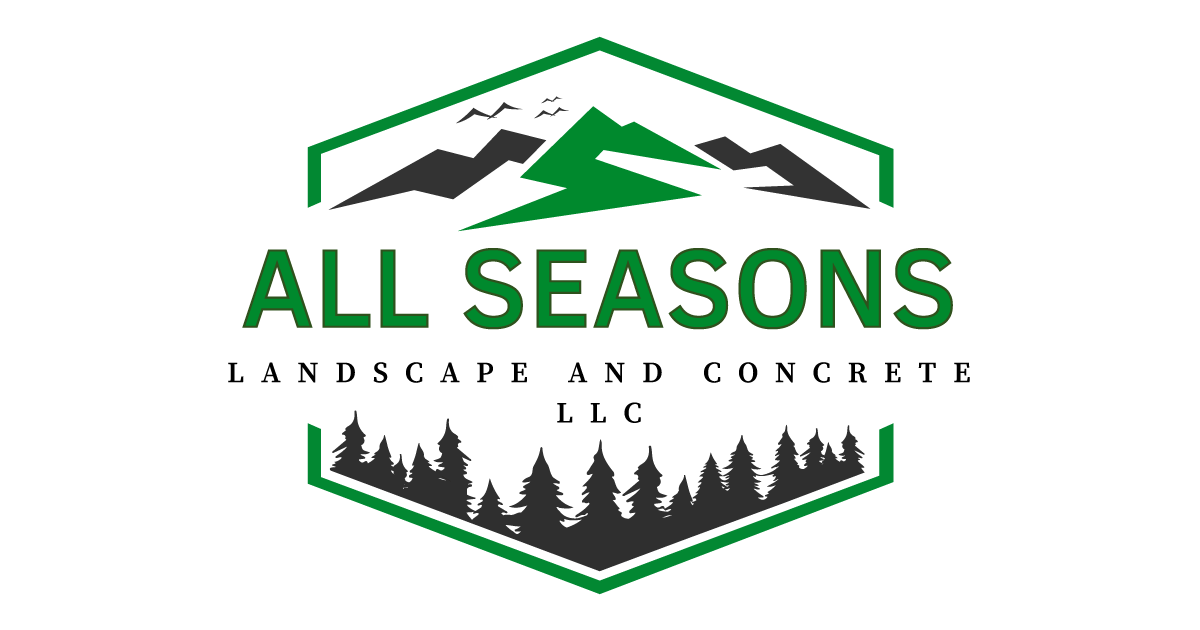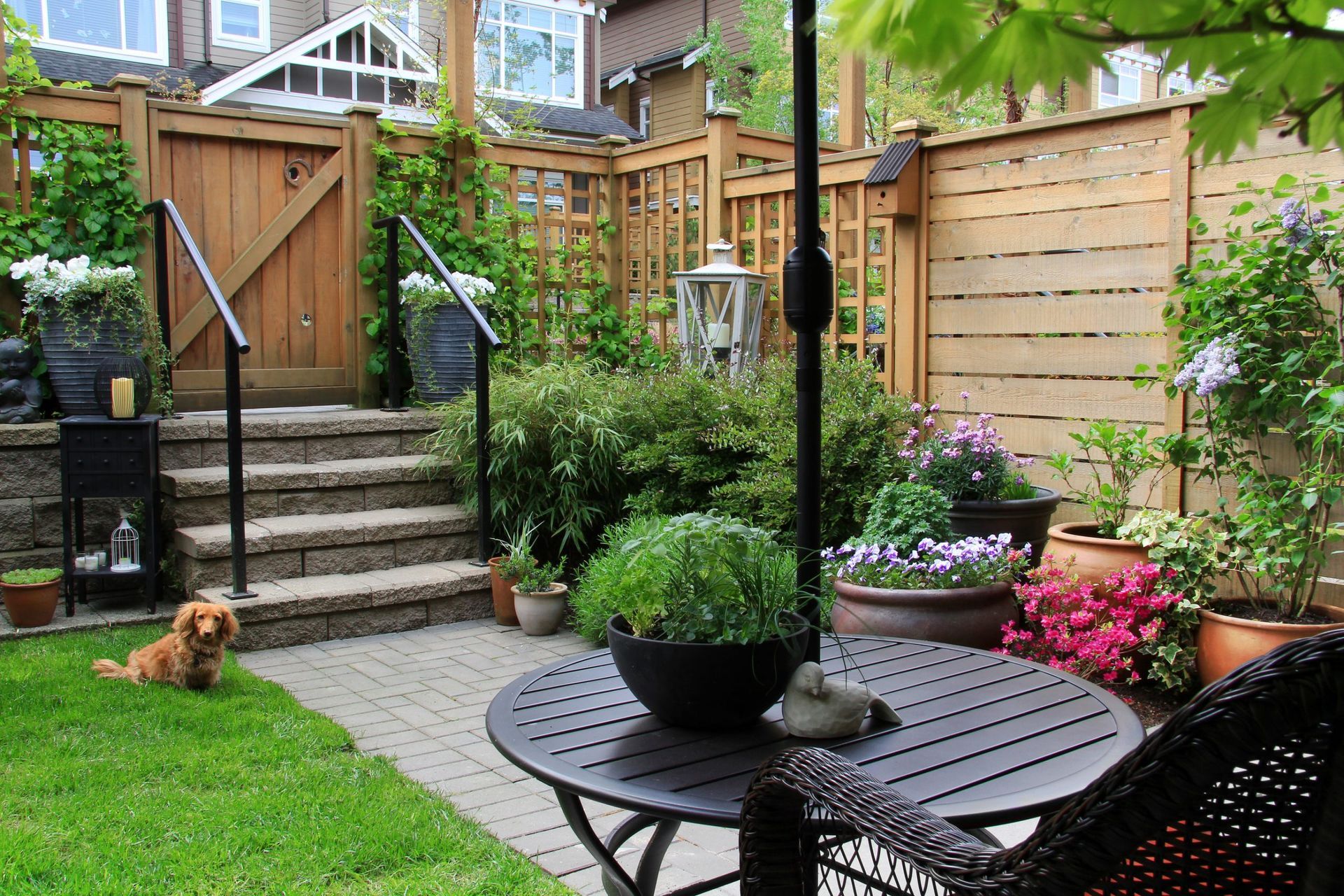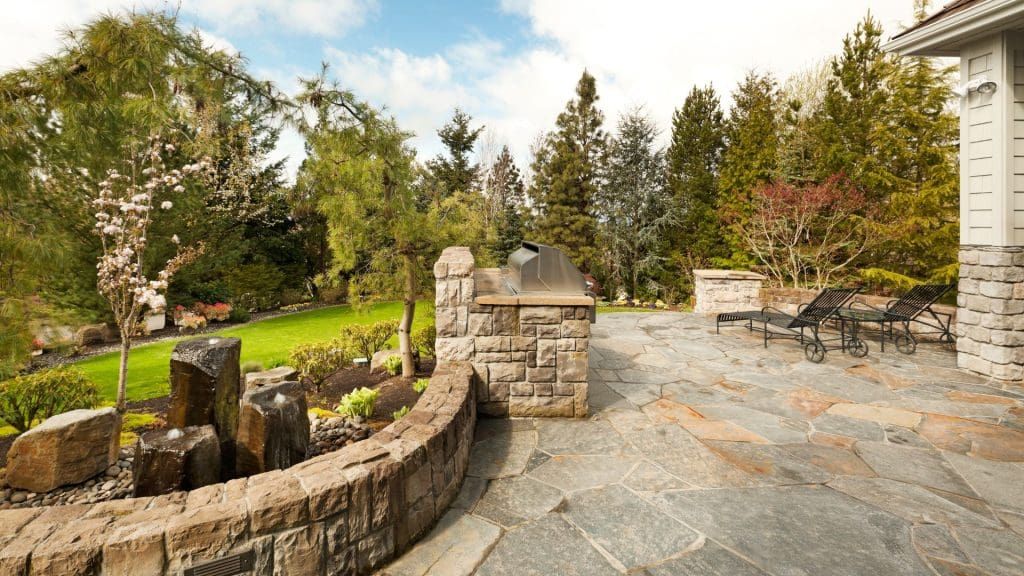Discover DIY Concrete Projects for Your Landscape Service
Concrete projects are an increasingly popular choice for DIYers that are eager to spruce up their outdoor spaces. Whether it's a new patio, a garden path, or decorative stepping stones, working with concrete offers a range of possibilities. However, it's essential to approach these projects with proper planning and knowledge.
Firstly, understanding the right mix of concrete is crucial. For most outdoor projects, a standard ready-mix concrete is suitable, but for more specialized tasks, you might need a specific blend. It's important to follow the mixing instructions accurately to ensure the right consistency and strength.
Preparation of the work area is the next critical step. This includes leveling the ground and creating forms or molds where the concrete will be poured. Be sure to remove any debris or vegetation and to compact the soil properly. If the project is a larger one, like a driveway, consider reinforcement options like wire mesh to provide additional stability.
Pouring the concrete is a process that requires patience and precision. Pour slowly and evenly to avoid creating air pockets. After pouring, the concrete should be screeded to level it and then left to set for a while before the final finishing touches. This is where you can smooth, texture, or imprint patterns.
Concrete curing is another essential aspect that’s often overlooked in DIY projects. Concrete needs time to cure and reach its full strength. This process can take several days, during which the concrete should be kept moist to prevent cracking.
Safety is paramount when working with concrete. Always wear protective gear like gloves, goggles, and a mask to avoid skin irritation and respiratory problems.
In conclusion, while DIY concrete projects can be rewarding, they require careful planning and execution. Consider your skill level and the complexity of the project before diving in. For larger or more complex projects, consulting a professional might be the best route to ensure quality and safety.
WHY NOT DIY
DIY concrete projects, while tempting, are not as simple as they appear. Firstly, selecting the right type of concrete and accurately mixing it can be a complex task. It's not just about mixing water and concrete; factors like temperature and consistency play a crucial role. Timing is also key. Working in the wrong weather conditions can ruin your hard work. Equipment like mixers, trowels, and floats are necessary, and without proper use, you can end up with a less than satisfactory result. The physical process of pouring, leveling, and finishing concrete is labor intensive and requires expertise. Moreover, safety risks are often underestimated. The process involves handling heavy materials and exposure to dust, which requires protective gear.
WHAT TO LOOK FOR
If you’re planning to hire a professional concrete layer, first look for experience and expertise. A seasoned contractor will have a portfolio of completed projects to showcase their work. Check for proper licensing and insurance. These are indicators of professionalism and reliability. Transparency in pricing and timelines is also crucial. A trustworthy contractor will provide a detailed quote and timeline, avoiding unexpected costs or delays. Assess their knowledge of your local climate and how it affects concrete work. This insight is vital for the durability and success of your project. Lastly, look for customer reviews or references. Feedback from previous clients can provide valuable insights into the quality of work and customer service you can expect.


